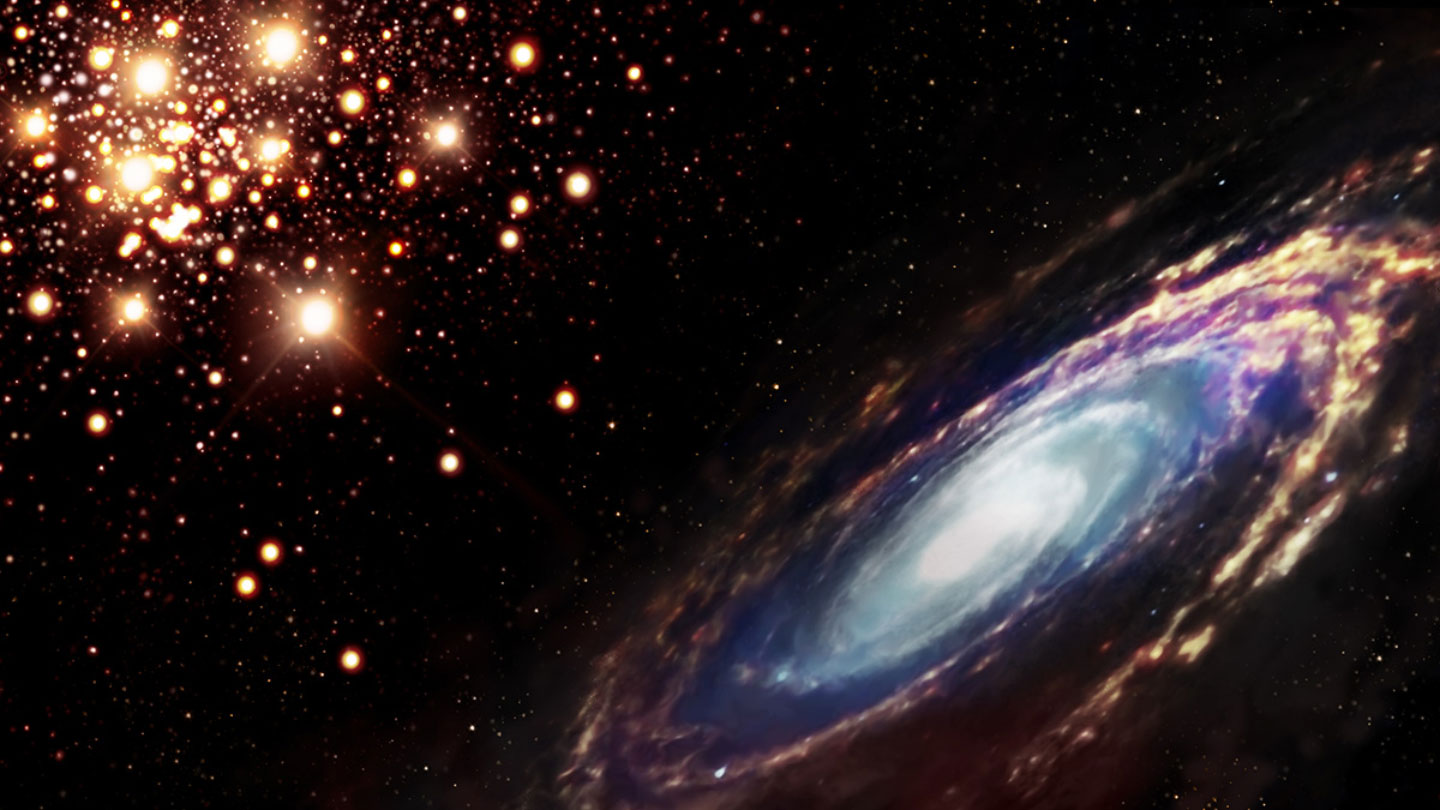Fast radio bursts (FRB) are one of the mysteries of the universe. Since their discovery in 2007, astronomers have been puzzled over the origins of these mysterious space radio signals. They usually last less than a millisecond. A new study sheds light on the source of one such FRB.
A steadily recurring rapid burst signal was observed for several months in 2021. This allowed astronomers to pinpoint its location in a globular cluster in the galaxy M81. It is located 12 million light years from us. The results, published in the journal Nature, shed light on their mysterious nature.

In 2020, the FRB was spotted in our own galaxy, which helped scientists determine that some of the sources could be magnetars. These are young highly magnetized neutron stars with magnetic fields a trillion times stronger than on Earth. The strength of the magnetic field of magnetars is so high that it is able to attract all the iron that can be in the human body (about 2 grams).
Unexpected discovery
The FRB signal from the ball cluster came as a surprise to scientists. The fact is that globular clusters contain only old stars — some of the oldest in the universe. Magnetars, on the other hand, are young dense nuclei that formed as a result of the death of short-lived massive luminaries. Magnetized nuclei are thought to lose the energy needed to produce rapid radio bursts, in about 10,000 years. Spherical clusters, with an average age of many billions of years, are too old to create a magnetar.
Astronomer Franz Kirsten and his colleagues used a network of 11 radio telescopes to pinpoint the source of the rapid bursts. Those telescopes are all scattered throughout Europe and Asia. This network was necessary to determine the position of all incoming FRB signals. By combining radio observations, astronomers were able to determine the origin of the signal. It was found that it almost certainly comes out of the spherical cluster.”This is an amazing discovery because it came as a complete surprise to astronomers”, — said Kirsten from ASTRON, the Dutch Institute of Radio Astronomy based at the Onsala Space Observatory in Sweden.
What is the source of FRB?
The team speculates that the new radio burst may still be caused by a magnetar, but a quite rare magnetar. It probably formed from old stars in ordinary spherical clusters. For example, this magnetar could have been formed from the remnants of a stellar nucleus known as the white dwarf, which collected a lot of material from a companion star, which led to its collapse.
The magnetar could be formed as a result of the merging of two stars. Maybe it was a pair of white dwarfs, or a pair of neutron luminaries that were in close orbit around each other. But that scenario is less likely, Kirsten says. It is also possible that the source of the rapid radio burst is not a magnetar at all, but a very energetic millisecond pulsar, which is a type of neutron star that is often found in globular clusters.
To date, only a few sources of FRB have been identified. They are all located in areas of active star formation in or near galaxies.
Earlier, more than 1,000 extremely powerful explosions were registered at the mysterious object.

